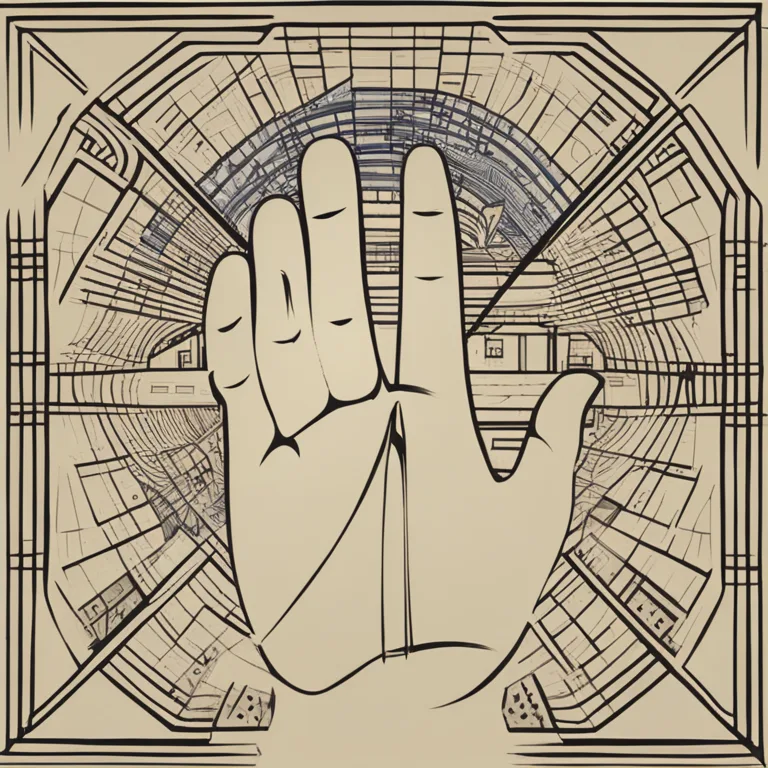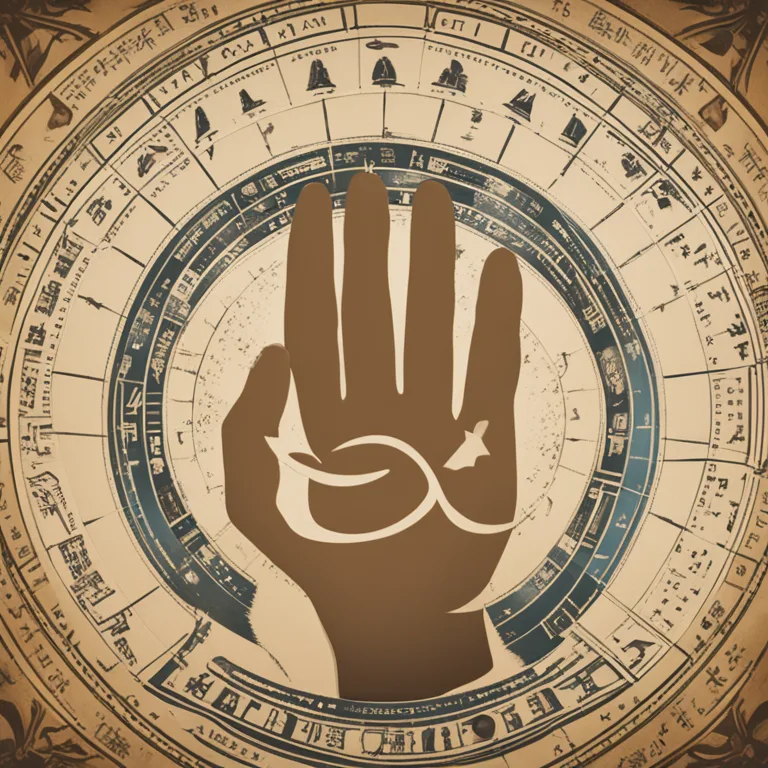
The Palm's Tale: Interpreting the Line of Education
Delve into the insights of palmistry by learning about the significance of the education line on your palm and what it suggests about your intellectual pursuits.
article by Nora Pennington
The Origins of the Education Line
Palmistry, or chiromancy, dates back thousands of years, with roots in Indian, Chinese, and ancient Greek civilizations. It's a practice that involves analyzing the various lines and features of the palms to infer aspects of an individual's personality and potential life experiences. The education line, also known as the line of mental ability, is one of the lesser-known but intriguing lines that can be interpreted in palmistry.
Identifying the Education Line
The education line is typically found among the three major lines—heart, head, and life lines—on your palm. It doesn’t appear in every hand but when present, it is usually seen as a vertical line residing near the base of the little finger, above the heart line and occasionally crisscrossing with the sun line. Its presence and clarity can give insight into a person's learning style, intellectual interests, and educational journey.

The Meaning Behind the Line
In the context of palmistry, the education line is believed to represent mental acuity, scholarly inclinations, and the thirst for knowledge. A long and clear line suggests a strong ability in scholarly pursuits and a passion for discovery and learning. Conversely, a faint or fragmented education line might indicate a variety of educational paths or a less focused approach to learning.
Variations and Their Interpretations
Different formations of the education line can carry various connotations. For instance, multiple lines might suggest versatility and a range of interests or talents. A deep and straight line could imply specialization and depth in educational endeavors. The intersection with other lines might also provide nuanced understandings; for example, intersections with the fate line might suggest educational experiences that are pivotal to one's life journey.

Modern Palmistry and the Education Line
While traditional interpretations of palmistry remain popular, modern palmists often combine intuitive practices with psychological insight. They might view the education line as indicative of a person's learning style—visual, auditory, or kinesthetic—and consider contemporary factors such as digital literacy and lifelong learning to be increasingly relevant when inspecting the line.
Critical Perspectives on Palmistry
It's important to recognize that palmistry, like any form of divination or personality assessment, should be approached with a critical and open mind. Many skeptics argue that such practices lack empirical support and should not be taken as definitive proof of one's capabilities or future. As with all divinatory arts, the insights gained should be used as a guide rather than a deterministic forecast.
Embarking on Your Educational Quest
For those interested in palmistry, examining your education line can be a fascinating exercise in self-reflection. Whether you find validation or new perspectives on your intellectual journey, the process can be personally enriching. Remember, however, to consider your full palm—as well as other aspects of your personality and experience—when using palmistry to contemplate your educational path.
Published: 1/3/2024
Modified: 1/3/2024
More predictions
Come back here soon to learn more about yourself and your future


Exploring The Secrets of Palmistry
Delve into the ancient art of palmistry and discover how the lines on your hands can mirror the pathways of your life and fate.


The Art Of Palmistry Revealed
Discover the intriguing facets of palmistry and learn how the lines on your palm can offer insights into your life journey and personality.


The Art of Palmistry: Lifelines to Fate
Delve into the ancient practice of palmistry and discover how the lines on your palm can reveal insights about your personality, destiny, and love compatibility.